Soaked Oatmeal Porridge
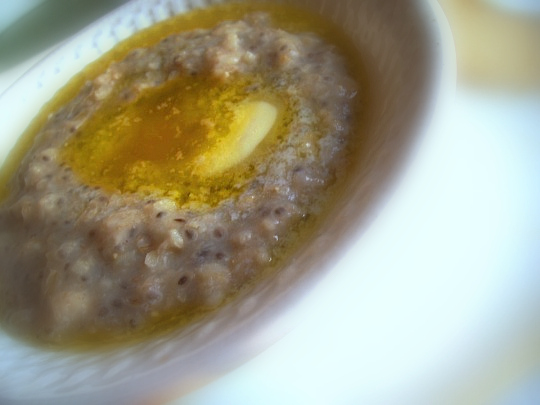
When I wrote about why I soak grains and my experience with the process I was asked how I prepare a soaked oatmeal porridge. This is one of the easiest ways to start soaking anything, as the process literally takes two minutes of hands on time. The soaking also makes for a quicker cooking time in the morning. That means you can have a hot, nourishing breakfast in under five minutes.
When I first started soaking oatmeal I simply added twice as much water to oats and then a splash of whey or vinegar. I then would let it sit overnight. But what I have realized is that we are trying to simulate a fermentation process, if not produce one all together.
Keeping that in mind, all grains need a few things to neutralize the phytic acid:
- the enzyme phytase
- warmth
- moisture
- acidity
- time
Oats are actually lower in phytase, the enzyme necessary to neutralize phytic acid, than many other grains. For that reason it is helpful to add a small amount of a grain higher in phytase, such as wheat or spelt.
Another misconception that I had was that the whole grain is better than a cracked or milled one. The problem with this is that keeping the grain whole makes it more difficult to break down the phytic acid as well as some difficult to digest fiber. I think the ideal way to go would be to freshly crack or mill your grains and then soak them, but rolled oats is what we use right now.
Especially since I recently purchased 50 pounds of them when they were on sale.
Soaked Oatmeal Porridge
Recipe Note: I like to start this soaking right after breakfast the day before I am going to serve it. We also like to add chia seeds for the extra protein and good fats. There are also a million ways to make oatmeal – thick or thin – so adjust the amount of liquid to your liking.
Serves 4
Ingredients
- 2 cups rolled oats
- 1 tablespoon chia seeds
- 3-4 tablespoons whole wheat or spelt flour
- 2-3 cups hot water to cover
- 2 tablespoons whey or vinegar
- pinch of sea salt
Directions
- The morning before you want to serve the oatmeal start some filtered water in a tea kettle. Meanwhile add oats, chia seeds, and wheat/spelt flour to a quart jar. Put the lid on the jar and shake until combined.
- Once the water is just warm enough that you can still place your knuckle in it without burning pour it over the oat mixture until about 2 inches from the top. Add whey or vinegar, cover with lid tightly and shake over the sink in case of a leak. Be sure to incorporate the chia seeds well otherwise they will clump.
- Place in a warm space like near a wood stove, on top of your refrigerator, or in a lit oven for about 20-24 hours.
- In the morning add 1-2 cups of water to a saucepan. Add the contents of your soaking oat mixture to pot and turn the heat on medium. Bring to a simmer and lower heat. Add a pinch of salt. Cook, stirring occasionally and then more frequently towards the end, until it is your desired thickness.
- Serve with lots of grass-fed butter (see sources), raw milk, nuts, fruit, or sweetener.

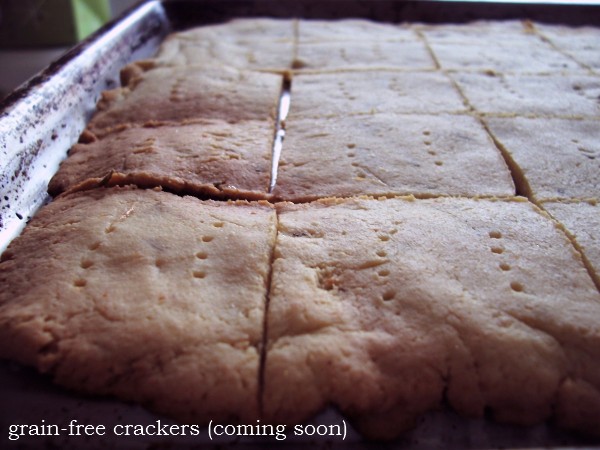
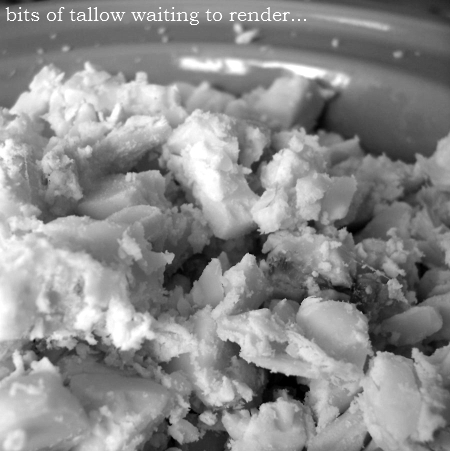
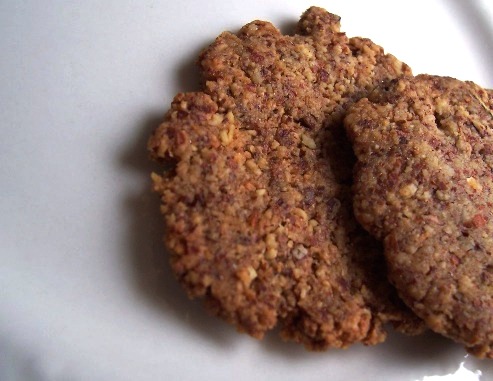

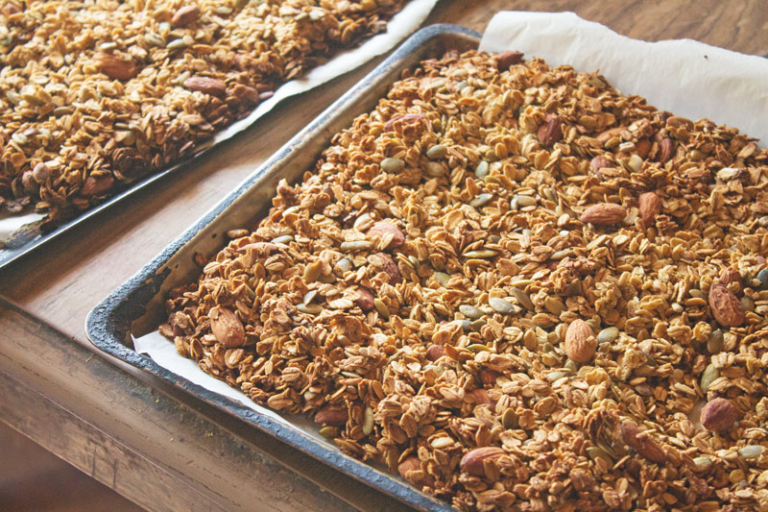
Doesn’t the vinegar cause the cereal to be a bit sour? I tried to soak oatmeal with lemon juice one time and I could taste it. My family didn’t really like it so I haven’t tried it again.
slawebb – Yes, it does give it a slightly sour taste. I actually prefer that flavor over the unsoaked version of oatmeal now. It is a nice contrast to rich butter and sweet fruit/sweeteners.
Are there any grains with phytase that are gluten free?
Thanks!
Rachel
Rachel – I believe buckwheat is just slightly lower in phytase than wheat and is, of course, gluten free :).
Yummm, soaked oatmeal! The past couple months of this pregnancy, I have been craving oatmeal, but I have to soak it otherwise it is so rough on my digestive system. I have come up with many delicious combinations, but my favorite has to be adding some cocoa powder while cooking the oats, then stirring in some peanut butter and topping with sliced bananans. It’s like dessert for breakfast!
No need to rinse? I thought rinsing was important.
Christie – I have seen others who insist on rinsing. I don’t believe this is necessary as you are neutralizing the phytic acid and not actually “rinsing it off”.
Shannon,
Do you have a sourdough starter? Amanda Rose and I are hypothesizing that adding a few Tbs of starter might achieve the same effect. Want to experiment with us?
🙂 Katie
HI- I don’t eat eggs or dairy and follow your recipe for soaked oatmeal but wanted to make baked soaked oatmeal. When I search vegan baked oatmeal I don’t find any with instructions on soaking and I’m still new to soaking so I was wondering if you have any recipes or suggestions for an eggless soaked baked oatmeal.
Thanks 🙂
Can you use oat groats? I’m new to all this and I thought I had read somewhere that they are better for you. And, do you use apple cider vinegar?
Shannan – Yes! I actually crack mine first in our grain grinder, but you could also use a blender. Cracking them is better than leaving them whole because it helps to predigest them a bit more. And yes, you can use ACV. I do that when I am out of yogurt/whey/kefir.
Hi, I am new to soaking my oats. I have been clueless for so long. I have noticed a big difference in my daughter’s digestive system now that we are soaking our oats. My question is about the whey or vinegar. Could you also use a dairy free yogurt? Any recommendations? Thank you for your wonderful blog!
Lindsey – Absolutely! I think there is a plain coconut milk yogurt on the market that would work.
Dear Shannon,
The soaking of oat is a subject of much interest to me. I understand the reasons behind soaking , but in the case of oats it doesn’t make sense, seeing that all oats, even most oat groats have been heat treated! The soaking (let alone a beginning sprout, because isn’t that the idea behind it: the water neutralizes the phytic acid so the grain can transform into plant) therefore does no longer work!? You cannot sprout the majority of oats.
I would like to hear your thoughts on that.
Cheers,
Xandra
http://www.phyticacid.org/soaking-grains/
……as I am trying to improve the diet of my 3year …who loves his porridge this is what I came across.I hope its useful to someone.
“Bon Continuation” as the French say to you Shannon & Stewart ( love the beard) Love Laughter Longevity The Primary Dirty Dish Carer and all too often Firestarter